13 Overlooked Drama Films That Deserve More Recognition
It’s easy to overlook some great drama films, especially when bigger productions dominate the conversation. Yet, there are films that quietly leave a lasting impression on those who watch them. These movies may not have made it into the mainstream spotlight, but they certainly have earned a place in any serious movie lover’s collection. Now is the chance to revisit these works and give them the recognition they deserve.
This post may contain affiliate links, which helps keep this content free. Please read our disclosure for more info.
Losing Ground

Released in 1982, this drama was directed by Kathleen Collins and stars Seret Scott, Bill Gunn, and Duane Jones. The story follows a philosophy professor and her artist husband spending a summer at a country house, where emotional and intellectual distances emerge. This film deserves more recognition as one of the first feature-length dramas directed by an African American woman, exploring themes of art, identity, and marital conflict with a unique perspective. While it initially went largely unseen, the restoration and rediscovery of this gem has made it an important piece of cinematic history. The film’s delicate treatment of the protagonist’s inner life and her intellectual and personal struggles makes it stand out.
The performances in this film are exceptional, especially Seret Scott’s portrayal of Sara Rogers, which conveys both academic rigor and emotional depth. Set in a quiet, upstate New York backdrop, the film highlights subtle interpersonal dynamics in an understated yet powerful way. Critics who revisited it have praised its cinematography, which visually mirrors the emotional distances between characters. Over time, Losing Ground has become appreciated for its nuanced portrayal of Black middle-class life and its relevance to issues of gender and race. For anyone seeking a thoughtful, introspective drama, this film is a must-see.
A Ghost Story
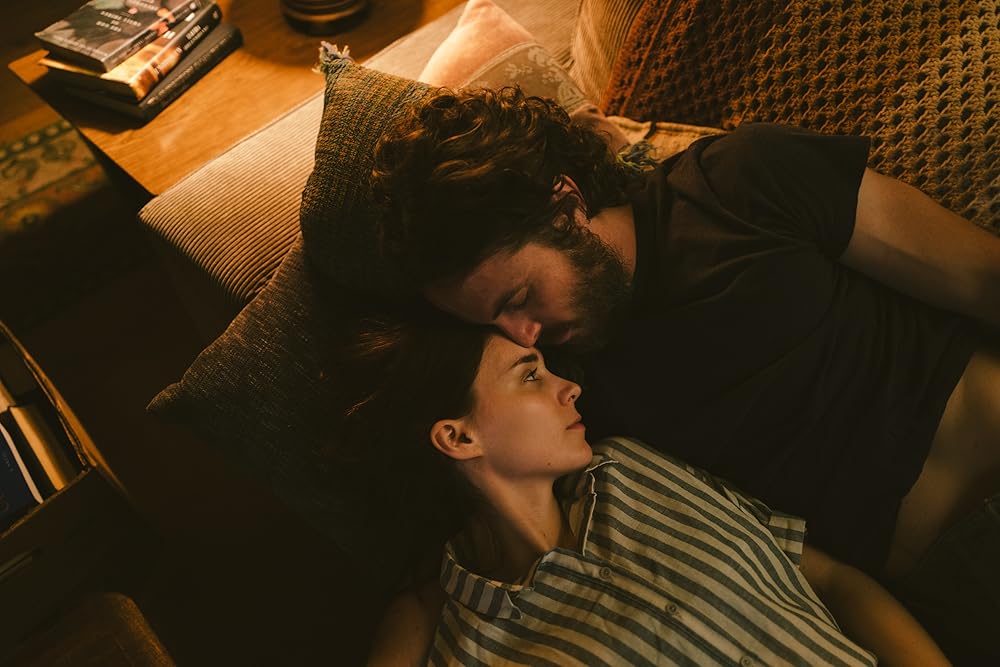
Released in 2017 and directed by David Lowery, this drama stars Casey Affleck and Rooney Mara. The film explores grief, time, and the afterlife through the story of a recently deceased ghost watching over his wife as time passes. While it was initially met with mixed reviews, it deserves more recognition for its innovative approach to storytelling and its haunting, minimalist visuals. The film’s slow pacing and long, lingering shots can be challenging, but they enhance its thematic depth, making it a deeply contemplative experience. It stands apart from other ghost stories by focusing on the emotional and existential aspects of the afterlife rather than traditional horror elements.
Affleck’s performance, though subdued due to the ghostly nature of his character, is deeply impactful, as it conveys the silent, eternal suffering of loss. The minimalist style of the film, with long takes and few words, allows viewers to immerse themselves in the atmosphere and meditate on the nature of time and memory. The film’s poignant exploration of grief and the passage of time resonates long after viewing. Despite its initial reception, A Ghost Story has earned a devoted following for its emotional depth and meditative quality. It’s a film that quietly lingers in the viewer’s mind and is worth rediscovering.
The Last Temptation of Christ

Directed by Martin Scorsese and starring Willem Dafoe, this 1988 film presents a controversial, fictionalized account of the life of Jesus Christ. The story delves into Christ’s human doubts, temptations, and struggles, exploring what could have happened if he had chosen a different path. Despite its bold subject matter, the film was heavily criticized and even banned in some places due to its religious themes. However, it deserves more recognition for its thought-provoking approach to spirituality, identity, and sacrifice. The film’s introspective and complex portrayal of Jesus offers a nuanced take on faith and temptation that challenges conventional interpretations.
Dafoe’s portrayal of Christ is both tender and intense, capturing the internal conflict that drives his character’s actions. The film is visually stunning, with Scorsese’s signature direction lending a raw energy to the narrative. Despite the controversy surrounding its release, the film is a masterful exploration of the tension between divine purpose and human desires. Over time, The Last Temptation of Christ has been appreciated for its philosophical depth and theological reflections. It remains a bold and necessary conversation piece in cinematic history, deserving recognition beyond its initial backlash.
The Proposition
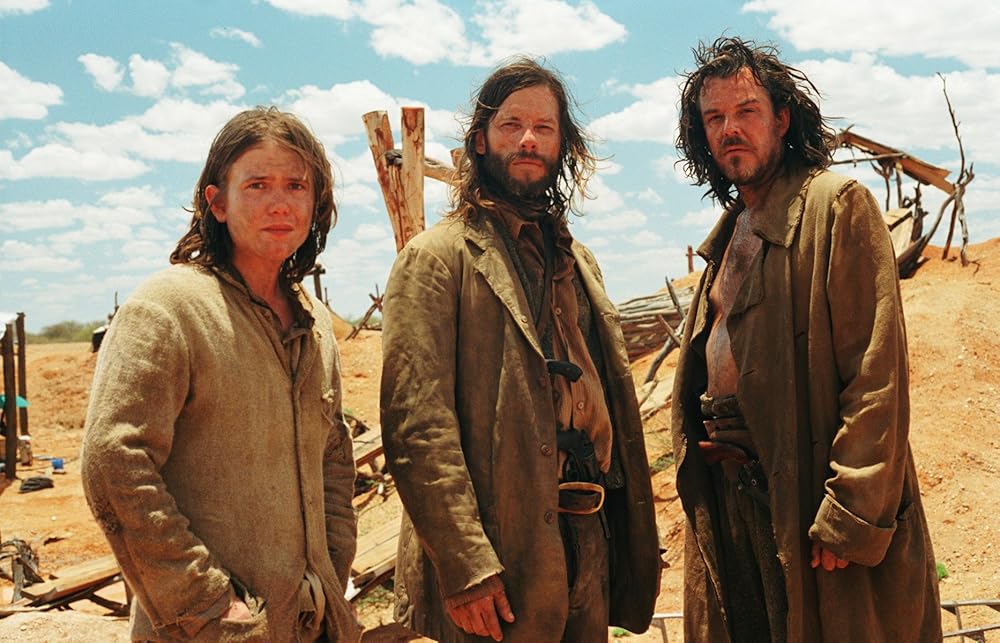
This Australian Western film, directed by John Hillcoat and starring Guy Pearce, Ray Winstone, and Danny Huston, was released in 2005. Set in the harsh Australian Outback, the film follows a man tasked with hunting down his own brother to save his other sibling from execution. The Proposition stands out as a gritty, intense take on the Western genre, showcasing a bleak and unforgiving world. Its unflinching portrayal of violence, moral ambiguity, and survival in the harsh Australian wilderness makes it an unforgettable experience. Despite its critical acclaim, it remains largely overlooked in mainstream film discussions.
The film’s performances, particularly by Pearce and Winstone, bring a raw intensity to the narrative, making the viewer question morality and justice. The cinematography beautifully captures the brutal environment, reinforcing the film’s themes of isolation and survival. The Proposition is not just a Western; it’s a meditation on human nature and the choices we face in the face of violence and lawlessness. The film’s dialogue is sharp and impactful, adding depth to its characters and their struggles. It is a unique gem that deserves more recognition for its strong storytelling and captivating atmosphere.
Paris, Je T’aime
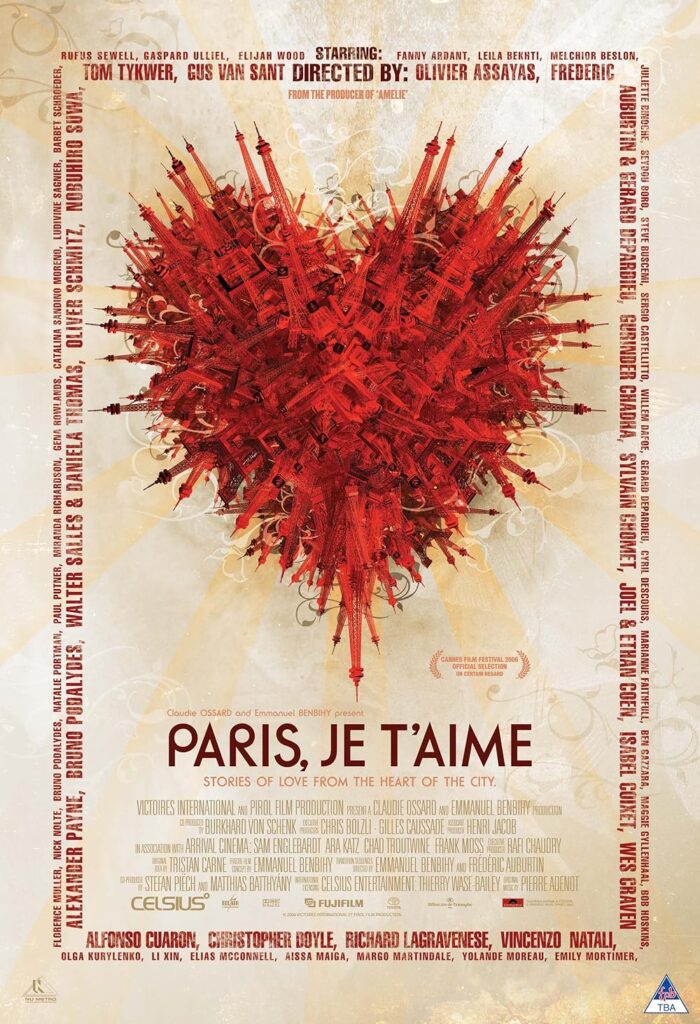
This 2006 anthology film features 18 short stories, each set in a different arrondissement of Paris, with various directors and actors including Natalie Portman, Juliette Binoche, and Steve Buscemi. The film explores love, loss, and human connection in one of the most romantic cities in the world. Despite its star-studded cast and strong critical reception, it often gets lost among other anthology films and romantic dramas. Paris, Je T’aime deserves more recognition for its heartfelt exploration of diverse human experiences set against the backdrop of Paris. Each story offers a unique, emotionally charged perspective on life and love.
The film’s structure, with each short story directed by a different filmmaker, brings a variety of tones and visual styles, making it both rich and varied. The performances across the board are heartfelt, especially from Portman and Binoche, whose characters offer different takes on love and relationships. The film’s sweeping yet intimate depiction of Paris captures the city’s essence, making it feel like a character in itself. While the film is episodic, its thematic unity and emotional depth make it a rewarding experience. It’s a film that highlights the beauty of fleeting moments and connections in life, deserving more recognition for its emotional impact.
Take Shelter

Released in 2011 and directed by Jeff Nichols, Take Shelter stars Michael Shannon, Jessica Chastain, and Shea Whigham. The film follows a man who begins to experience apocalyptic visions and becomes obsessed with building a storm shelter to protect his family. Take Shelter deserves more recognition for its thought-provoking exploration of mental illness, fear, and responsibility. The film’s slow-building tension and emotional depth, paired with Shannon’s intense performance, make it a gripping experience. Its subtle commentary on societal and personal anxieties makes it both relevant and haunting.
Shannon’s performance as Curtis is riveting, capturing the complexity of a man slowly unraveling while desperately trying to protect his loved ones. The film’s tension is expertly built through Nichols’ careful direction, with each scene escalating the viewer’s sense of dread. What sets Take Shelter apart is how it mixes psychological drama with apocalyptic imagery, making it more than just a film about mental illness. It’s a powerful commentary on the fragility of the human mind and the lengths we’ll go to for our families. Despite being a critical success, it has not received the broader recognition it deserves, making it a hidden gem in modern cinema.
The Station Agent
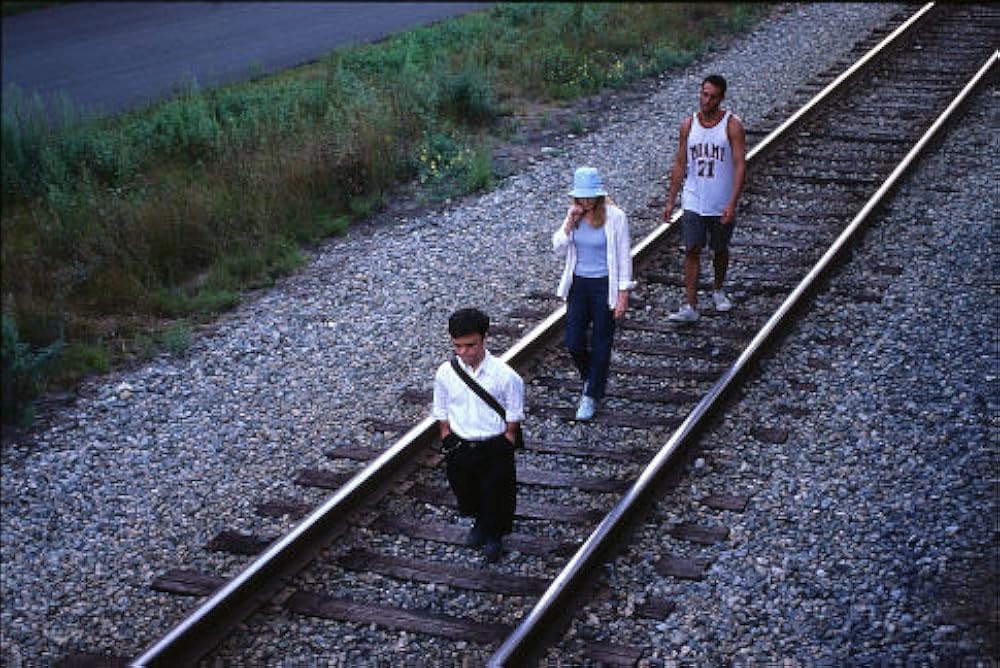
Directed by Tom McCarthy and released in 2003, this film stars Peter Dinklage, Patricia Clarkson, and Bobby Cannavale. The Station Agent tells the story of Finbar McBride, a reclusive man who moves to an abandoned train station to live in solitude, only to form unexpected connections with strangers. Despite its small scale, the film excels in its portrayal of loneliness, connection, and healing, earning critical acclaim but remaining relatively underappreciated. Its gentle pacing and subtle character development make it an emotional experience that lingers long after watching. The film’s quiet brilliance lies in its ability to showcase profound human relationships without resorting to melodrama.
Dinklage’s portrayal of Fin is masterful, capturing the complexity of a man who craves solitude but is inevitably drawn to others. The natural chemistry between Dinklage, Clarkson, and Cannavale adds warmth to a story that could easily feel heavy or bleak. The film’s stunning use of its setting-the quiet, empty train station-mirrors Fin’s internal isolation. The Station Agent is a tender exploration of the human condition, and its understated approach is what makes it so powerful. Though it did not make a huge splash at the box office, the film remains a quiet classic, deserving of more recognition.
The Fall
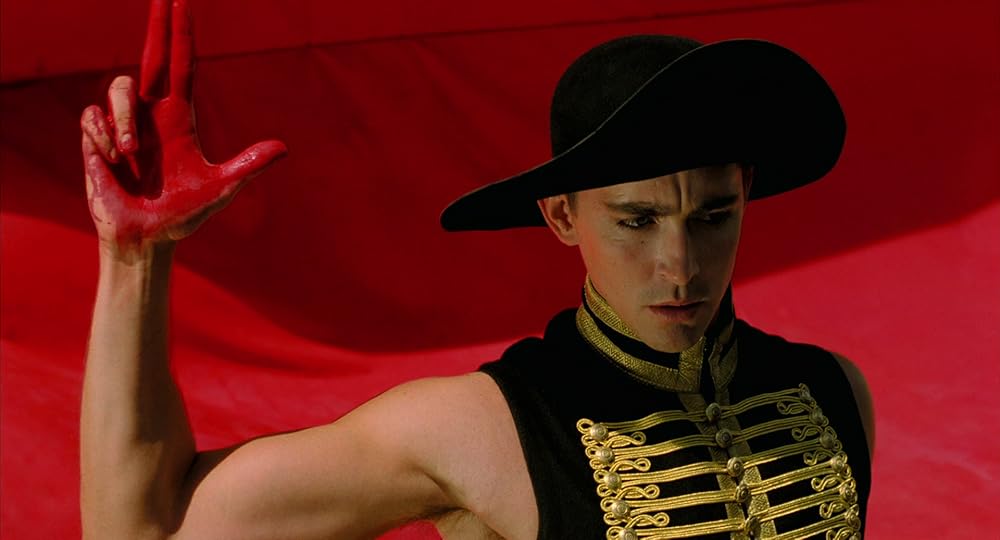
Directed by Tarsem Singh and released in 2006, The Fall stars Lee Pace and Catinca Untaru. Set in a 1920s Los Angeles hospital, the film follows a paralyzed stuntman who tells a young girl an epic tale of adventure, blending reality and fantasy. The Fall deserves more recognition for its visually stunning cinematography and its creative storytelling, which combines rich fantasy with a deeply emotional narrative. Though it gained some praise for its aesthetic beauty, it failed to find mainstream success and has remained a hidden gem. The film’s imaginative scope, paired with its emotional depth, makes it a unique cinematic experience.
Pace and Untaru’s performances are captivating, with Pace bringing a sense of vulnerability and grandeur to his role as the storyteller, while Untaru’s portrayal of the young girl adds an innocence and wonder to the tale. The film’s vivid color palette and elaborate set designs make it one of the most visually striking films of the 21st century. Despite its critical praise, The Fall has remained largely overlooked, overshadowed by more commercial releases. Its complex narrative, blending fantasy with the harsh realities of life, offers an unforgettable viewing experience. For anyone who appreciates visually immersive films that challenge the boundaries of storytelling, The Fall is a must-see.
The Passion of Darkly Noon

Directed by Philip Ridley, this 1995 film stars Brendan Fraser, Ashley Judd, and Viggo Mortensen. The story follows Darkly Noon, a former cult member who is drawn into a strange, isolated world of a woman and her lover, where themes of guilt and sexual desire emerge. The film blends psychological drama, spiritual allegory, and genre elements in a way that resists traditional classification. Despite its all-star cast, it initially flew under the radar due to its unconventional approach and was met with mixed reviews. The film’s unsettling mood and intriguing narrative make it one of the most overlooked dramas of its time.
Fraser’s performance as the conflicted Darkly Noon shows an unexpected depth, adding emotional weight to his character’s internal battle. The cinematography plays an important role, emphasizing the isolation and tension between characters through its atmospheric visuals. Critics at the time were confused by its odd narrative structure, but later reviews have found its boldness to be an asset. This film is a great example of a hidden gem that rewards viewers who are open to a slower, more introspective exploration of spiritual and personal conflict. It’s a thought-provoking journey for those seeking something unconventional in drama.
In the Bedroom
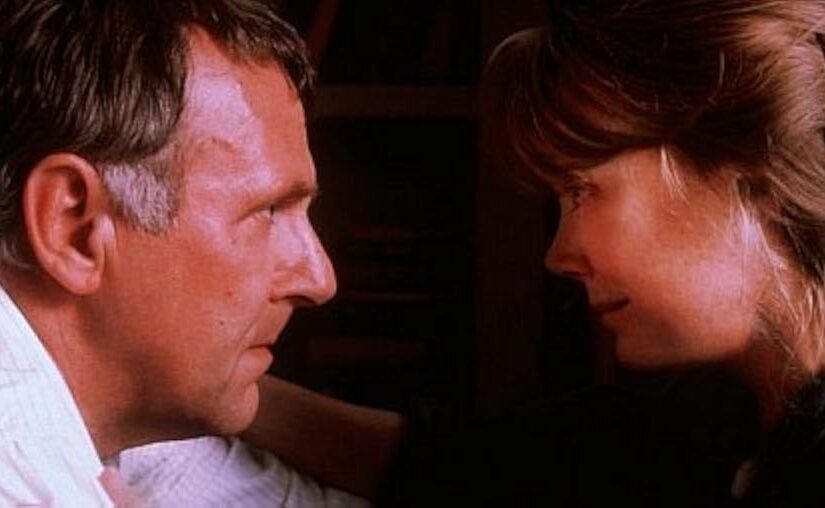
Released in 2001 and directed by Todd Field, In the Bedroom stars Tom Wilkinson, Sissy Spacek, and Nick Stahl. The film centers on a couple whose lives are shattered after their son’s tragic death, exploring themes of grief, vengeance, and healing. It deserves more recognition for its delicate handling of intense emotions and the subtle performance from its cast. The film’s slow-burn narrative and refusal to offer easy resolutions make it a complex and rewarding watch. Despite being nominated for several Academy Awards, it remains a relatively quiet film in the cultural conversation.
The performances, especially from Wilkinson and Spacek, are stunning in their emotional depth, portraying parents who are caught in a cycle of grief and moral dilemma. The film’s pacing is deliberate, giving each character the time to evolve and process their trauma. The quiet power of In the Bedroom lies in its ability to evoke raw emotion without resorting to sensationalism. While it didn’t reach a wide audience, the film is a profound meditation on loss and the human capacity for resilience. For those interested in character-driven drama, In the Bedroom is a poignant, unforgettable experience.
Winter’s Bone
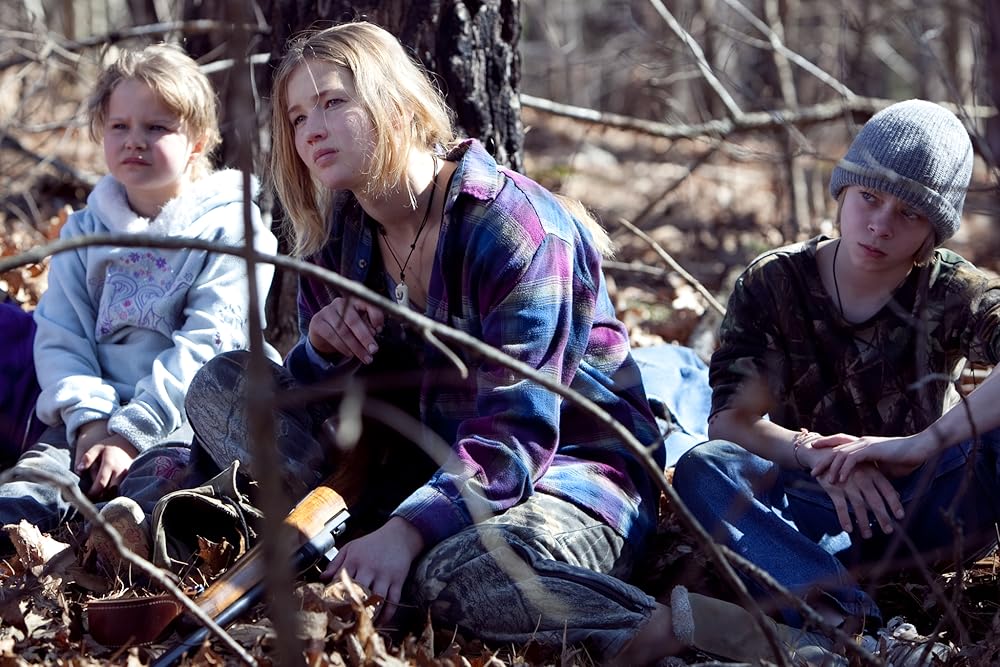
Directed by Debra Granik and released in 2010, Winter’s Bone stars Jennifer Lawrence in a breakthrough role, along with John Hawkes and Dale Dickey. Set in the Ozarks, the film follows a teenage girl trying to find her missing father while caring for her younger siblings. The film deserves more recognition for its gritty, real-world portrayal of rural America and its central, strong female protagonist. Lawrence’s performance is raw and powerful, making her one of the standout actresses of her generation. Despite being critically acclaimed and earning an Academy Award nomination for Best Picture, Winter’s Bone is often overlooked in favor of more widely recognized films.
Granik’s direction and the film’s setting in the harsh rural landscape are essential to its atmosphere, reinforcing the sense of isolation and hardship that the characters face. The film’s pacing is slow and deliberate, giving it a sense of urgency that mirrors the protagonist’s struggle to survive and protect her family. Winter’s Bone challenges traditional Hollywood portrayals of rural America, offering a more nuanced and realistic look at the struggles of the working class. Jennifer Lawrence’s performance solidified her status as a major talent in Hollywood, and the film deserves to be seen for its honest and unflinching portrayal of survival. It remains a powerful, underrated piece of American cinema.
The Sweet Hereafter
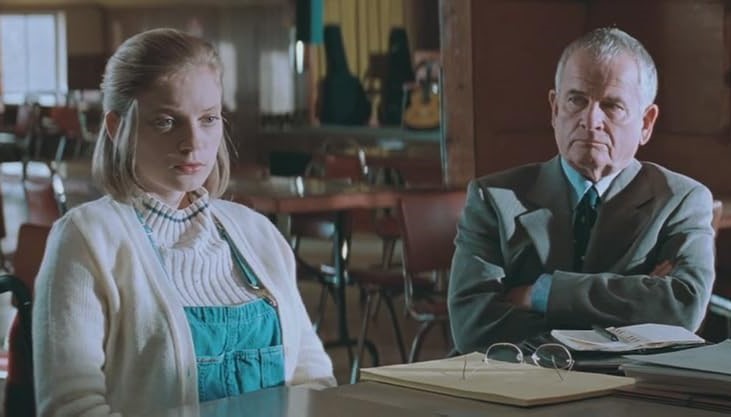
Released in 1997 and directed by Atom Egoyan, The Sweet Hereafter stars Ian Holm, Sarah Polley, and Tom McCamus. The film is based on Russell Banks’ novel and follows a small town that is left devastated after a tragic school bus accident, exploring themes of loss, guilt, and community. It deserves more recognition for its deeply affecting portrayal of grief and its haunting narrative structure. The film’s nonlinear storytelling adds to the complexity of its themes, making it a film that stays with you long after watching. Despite its critical success and Academy Award nominations, The Sweet Hereafter has not achieved the widespread recognition it deserves.
The performances, particularly from Holm and Polley, are nuanced and sensitive, capturing the internal turmoil of characters dealing with unspeakable loss. Egoyan’s direction creates a deeply atmospheric film, where the rural landscape becomes as much a character as the people within it. The film’s meditative pace allows it to explore difficult emotions and personal reckonings without resorting to melodrama. While it’s not an easy film to watch, The Sweet Hereafter offers a poignant and reflective examination of tragedy and its aftermath. For those willing to engage with its emotional weight, this film is a masterpiece of contemporary cinema.
The Straight Story
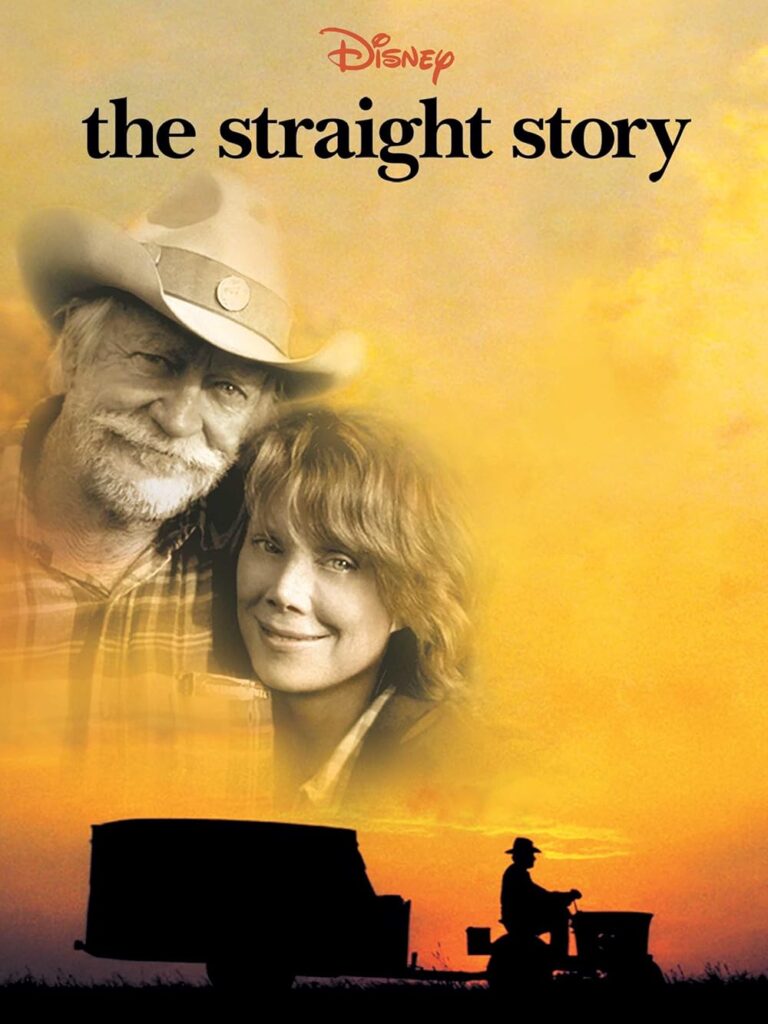
David Lynch’s 1999 drama, starring Richard Farnsworth and Sissy Spacek, is an unexpectedly heartwarming film about an elderly man’s journey to reconcile with his estranged brother. The film, based on a true story, tells the tale of Alvin Straight, who drives a lawnmower across several states to make amends. Unlike Lynch’s usual dark, surreal style, The Straight Story is a quiet, meditative exploration of family, regret, and the passage of time. It deserves more recognition for its simplicity and emotional depth, which stands in stark contrast to Lynch’s usual complex narratives. The film’s slow pace and gentle storytelling make it a rare gem in Lynch’s oeuvre.
Farnsworth delivers a stunning, heartfelt performance as Alvin Straight, capturing the complexities of a man whose life has been marked by solitude and regret. The cinematography, with sweeping shots of the American Midwest, complements the film’s themes of solitude and reflection. Despite its critical acclaim, the film didn’t receive the widespread attention it deserved, often overshadowed by Lynch’s more famous works. The Straight Story is a reminder that sometimes the most powerful stories come from the quietest places. It’s a film that resonates with anyone who has ever faced loss or sought reconciliation.
This article originally appeared on Avocadu.
